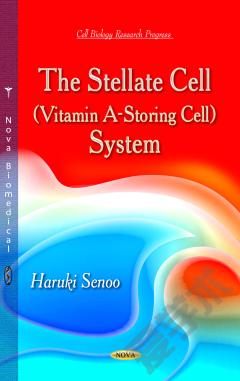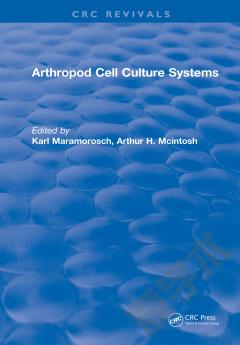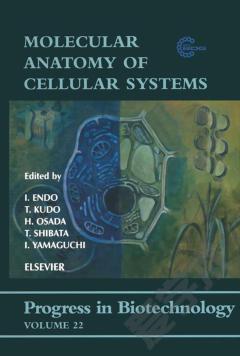The Stellate Cell (Vitamin A-Storing Cell) System
Past, present, and future research of hepatic stellate cells (HSCs; also called vitamin A-storing cells, lipocytes, interstitial cells, fat-storing cells, Ito cells) are summarized and discussed in this review. Kupffer discovered black-stained cells in the liver by the gold chloride method and named the cells the stellate cells (Sternzellen in German) in 1876. Wake re-discovered the cells in 1971 using the same gold chloride method and various modern histological techniques including electron microscopy. Between the discovery and re-discovery, the HSCs disappeared from the history of research. Identification, establishment of cell isolation and culture methods, and the development of cellular and molecular biological techniques have promoted HSC research after the re-discovery of the cell. The research is entering a new era, namely, the golden age after the dark ages. In the future, the research of HSCs will develop more into not only the clinical field but also into the basic research fields. In this book, we describe the past, present, and future of HSC research.
{{comment.content}}








 京公网安备 11010802027623号
京公网安备 11010802027623号